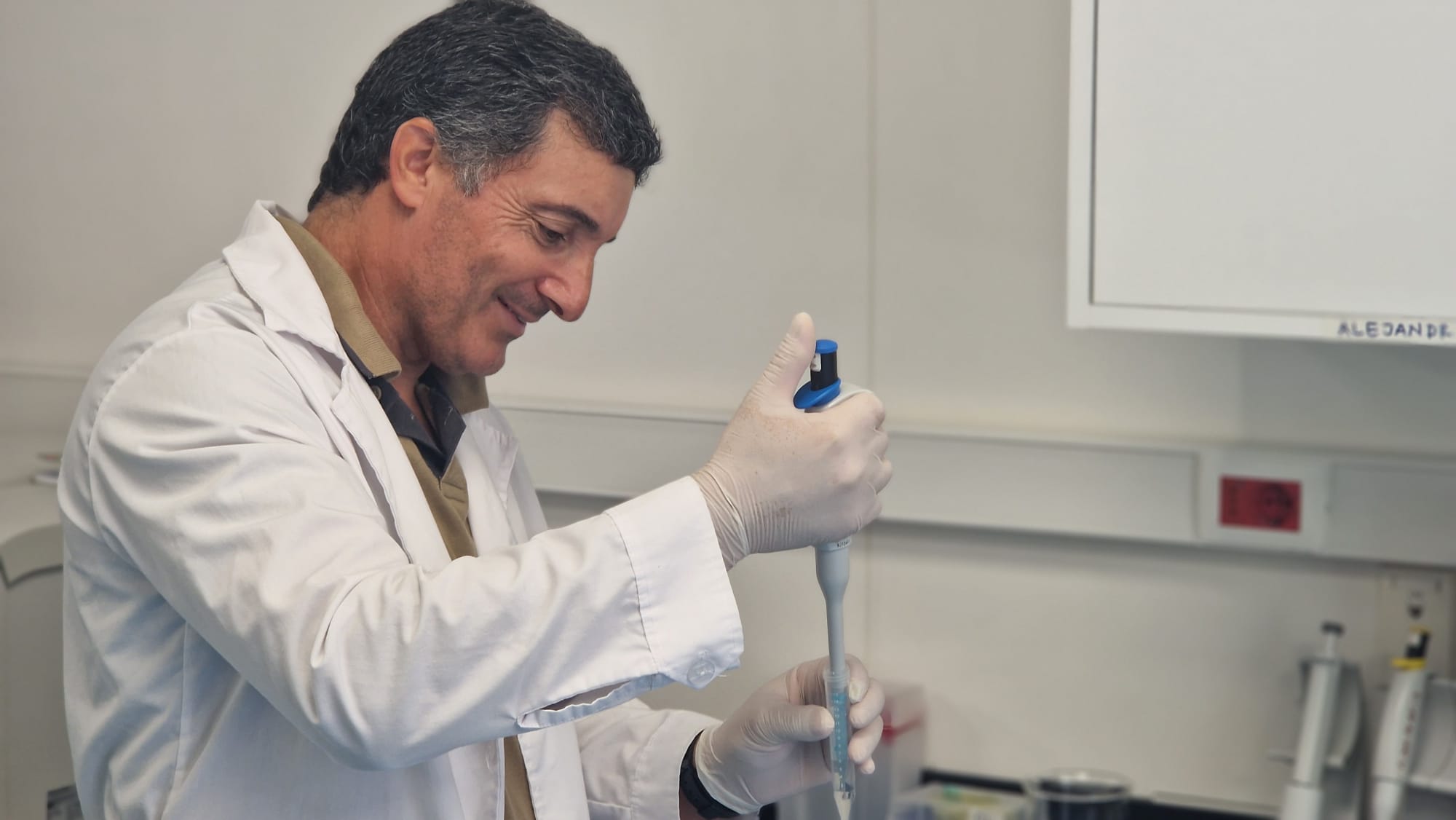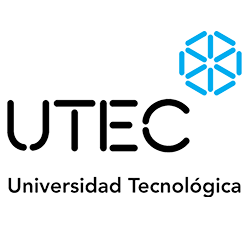Application of microalgae in wastewater treatment (Uruguay)

Preserving freshwater resources is vital for ecosystem integrity, public health, and sustainable economic growth. Because contamination is driven chiefly by land-use practices and industrial–urban discharges, wastewater must be conditioned—through primary, secondary, and tertiary physical-chemical-biological stages—before release or reuse. This study validates, at laboratory scale, a microalgal process that leverages Spirulina platensis and Scenedesmus obliquus as an alternative to conventional activated sludge. Microalgae offer simultaneous nitrogen- and phosphorus-stripping, generate value-added biomass, recycle nutrients efficiently, and operate with a smaller environmental footprint.
The work pursued four goals: (i) quantify removal of total nitrogen, ammoniacal N, nitrate, nitrite, total phosphorus, chemical oxygen demand, total coliforms, and faecal coliforms; (ii) track physicochemical culture variables to define optimal growth windows; (iii) compare biomass productivity across inoculum densities under uniform light, mixing, temperature, pH, and nutrient regimes; (iv) survey the technology’s adoption, advantages, and constraints in Latin America.
Both strains adapted readily to domestic wastewater. Heterotrophic cultivation yielded steadier biomass and achieved nutrient reductions exceeding 80 %, while autotrophic runs were more variable. Coliform and COD removal were moderate, indicating that brief polishing/disinfection may still be required. The most effective inoculum size depended on the target parameter, underscoring the need for site-specific optimisation. Full-scale microalgal reactors are already operating in several Latin-American plants; remaining barriers are mainly social rather than technical.
Overall, microalgal treatment is a feasible decentralised option for low- to medium-flow facilities in Uruguay and the wider region, simultaneously meeting stricter nutrient standards and producing marketable biomass co-products.

